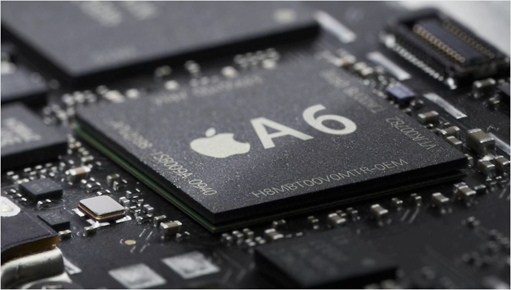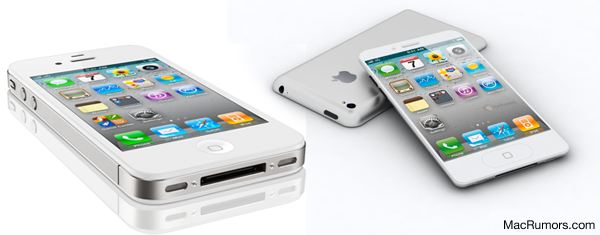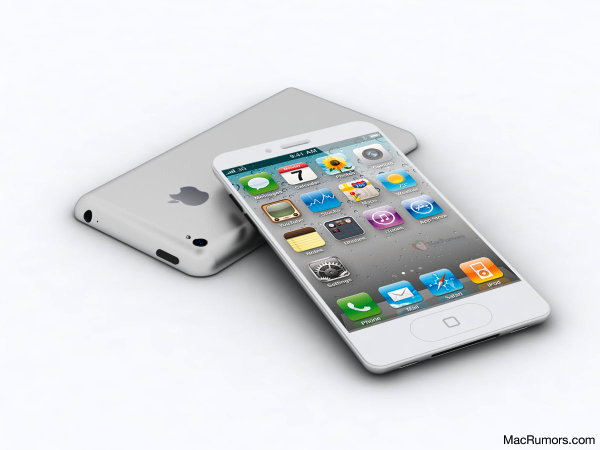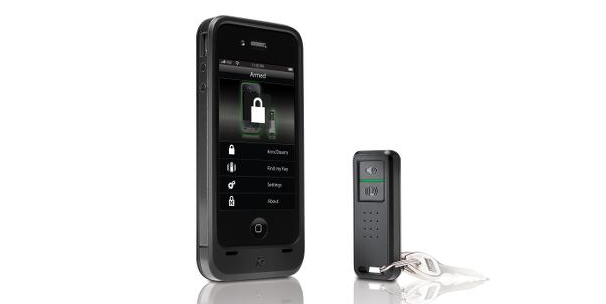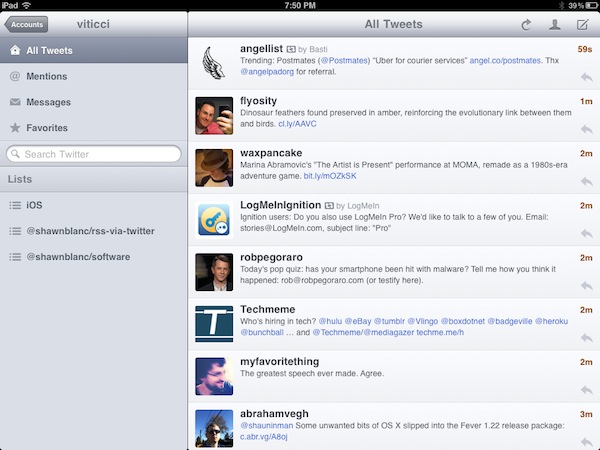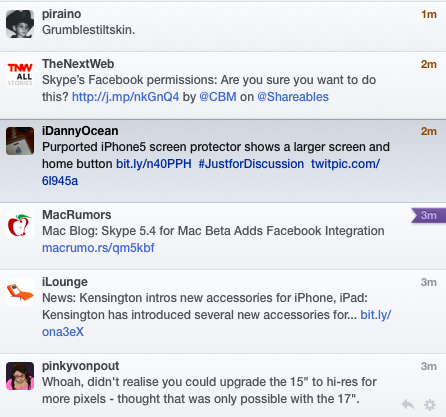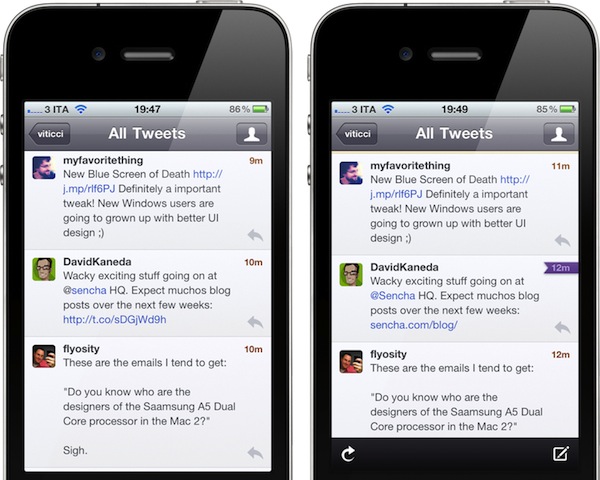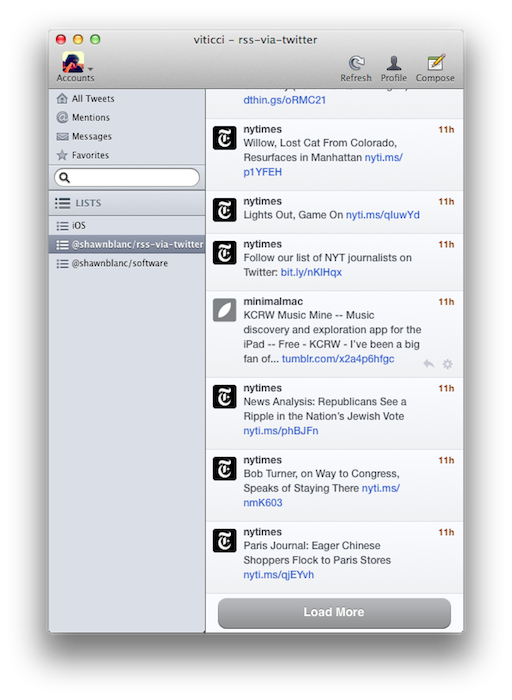The Iconfactory’s Twitterrific, a Twitter client for iOS and OS X, was updated earlier today to version 4.4, adding better integration with Tweet Marker, and a number of bug fixes and improvements. Following Twitter’s recent changes to how links are wrapped inside its own t.co shortening system and displayed in third-party clients, The Iconfactory tuned Twitterrific to display unwrapped t.co links whenever possible, as the API currently allows. This means Twitterrific shouldn’t show anonymous t.co links in the timeline anymore, fetching the original shortened link or domain (example: mcstr.net or apple.com) instead. You can see a comparison between Twitterrific 4.3 Vs. 4.4 in the screenshots below.
Twitterrific 4.4 with an unwrapped t.co link on the right
Twitterrific 4.4 improves and unifies support for Tweet Marker across its Mac and iOS versions, as well as other third-party iOS apps that have implemented the service. Notably, Twitterrific 4.4 can sync Twitter lists with Tweetbot, which recently introduced such functionality through Tweet Marker. This update also brings Tweet Marker sync to saved searches (both lists and saved searches will have a separate “saved status”, outside the main timeline) and it greatly improves how the OS X version handles sync when a computer goes to sleep, or a link is clicked. For instance, Twitterrific 4.4 will sync back to Tweet Marker (if enabled in the Preferences) when a Mac goes into sleep mode, wakes up, or goes into power saver mode. Marked tweets are synced when the app is quit or links are clicked – the latter is true when links aren’t set to open in the background.
Twitter lists have seen some enhancements in Twitterrific 4.4 as well. For one, they now have a Load More button to fetch missing tweets. They are now sorted by type and then alphabetically, they show retweets alongside regular tweets, and a bug that would make a list “un-selected” in the Finder has been fixed. The same Load More button has been improved throughout the entire app, as it now loads missing tweets in timeline gaps, and generally keeps Twitterrific scrolled to bottom while loading more tweets. These are minor changes, but important ones if you, like me, wake up every morning willing to “catch up” on Twitter, and see what people have posted overnight. The improved Load More behavior certainly helps in making timeline gaps more reliable.
Other features include improved handling of non-image Camera+ URL’s (such as user profiles), and a new Shift-spacebar shortcut to manually navigate to a previous tweet, as opposed to spacebar for “next tweet”.
Both on the Mac and iOS, Twitterrific keeps unifying the Twitter experience and its own app ecosystem on each update. You can download Twitterrific 4.4 on the App Store now at $4.99 for the Mac version, or upgrade the free iOS app for $4.99 through in-app purchase.


